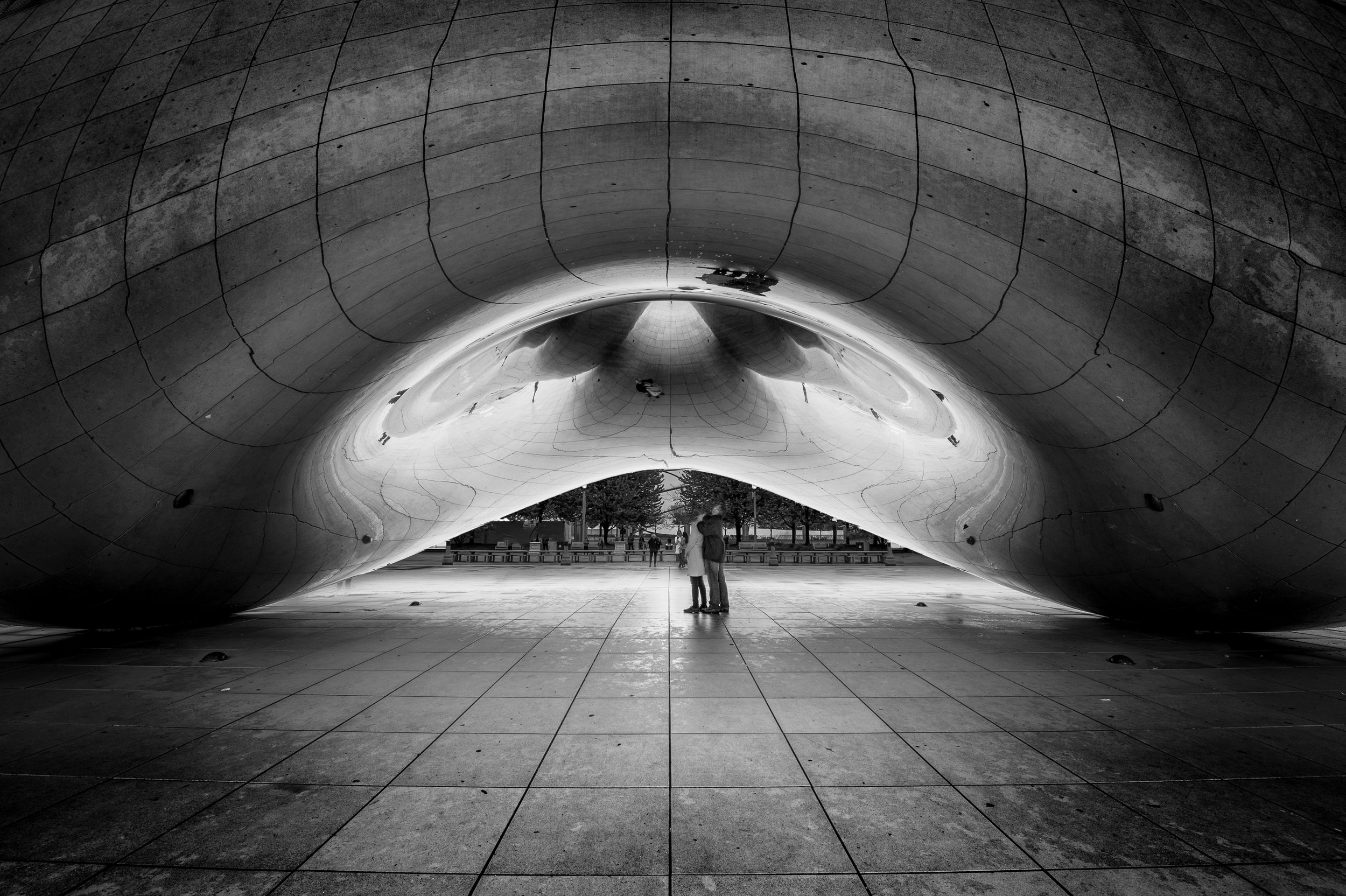Note: Missed the Night Photo Summit but want to catch up? For access to videos of all the presentations until February 2022, buy a Replays ticket!
Some honesty: In the weeks leading up to our Night Photo Summit, we sounded confident in our marketing. But behind the scenes, we had no idea how this would go.
We knew the speakers would be amazing—we know almost all of them personally, know they’re good people, know they always bring their best (which is among the very best in the business).
We knew that night photography is exciting to learn about, exciting to do—and that it’s hard to go outside and do it right now, at least the way we used to at this time last year.
We knew that even in the best of years, mid-winter is a time when people are looking for something new to do inside, and a weekend of e-palling around with other night photographers could more than satisfy that need.
However, that’s about all we knew. All five of us at National Parks have spoken at conferences, summits, exhibitions, trade shows, photo festivals, etc., and two of us have extensive experience on the industry side of these events. But we had never built our own event of this size, on our own, from bottom to top. Doing so felt like we were standing at one edge of a canyon wondering how to get to the other. While in some ways we were crossing a familiar bridge, in many other ways we were leaping with hesitant faith.
Now that the Summit is over, we can look back and see the results. It was an experience. It was hard work, but enjoyable work. And in the end? We feel it went great.
When we say we’re happy, that can mean different things, and it does mean different things. We were happy with a lot: the quality of the programs, the vitality of the speakers, the enthusiasm of the attendees, the participation of the sponsors. But the biggest metric of success? The number of smiles at the end.
The group shot from the “Under the Stars” closing session party.
The People
We’re happy to report that about 350 people, representing six continents, attended the first Night Photo Summit—which, as far as we know, was the first online night photography conference ever. To see 350 people there? At the very first event of its kind? Wow.
Each of you made the effort worthwhile, because each of you brought a unique energy, each of you contributed a bit of what made this collective experience special. Many have reached out in the past week to express thanks, but the gratitude genuinely goes both ways.
We couldn’t have done this without you. We started building this Summit, but you finished it. All 350 of you helped, all 350 of you brought your passion and curiosity, all 350 of you coalesced to make this conference what it really was: a community that grew closer over an extraordinary long weekend, together sharing the joy of something we all love.
The Speakers
Again: Wow.
Thirty speakers joined us to help lead this adventure, and all of them delivered some of the best educational and inspirational content we’ve ever seen concentrated into one conference. Of course, we’re not surprised—we know these people, and we knew they’d be good. Still, our lack of surprise doesn’t hinder us from being amazed.
The speakers spanned all sorts of disciplines. They brought expertise in night photography, obviously, but also in travel, astronomy, preservation, activism, environmentalism, technology, creativity, outdoors skills and more. The tapestry of knowledge and wisdom they wove was nothing short of uplifting and exhilarating, and it was beyond everything we and the attendees could wish for.
The 35 speakers of the 2021 Night Photo Summit.
The Sponsors
Don’t let any skepticism of commercialism fool you—the sponsors weren’t there just to sell to an audience. Their support made the Summit more viable, but more importantly, their contributions made it an even better experience.
The Night Photo Summit sponsors offered 33 giveaways valued at over $5,000.
Every sponsor provided giveaways for attendees, from lenses to monitors to software to books and more—33 giveaways worth over $5,000. Many sponsors also offered show specials on their services and gear, most of which attendees still have access to (some of the deals don’t expire for months!). And many of the sponsors also provided programs for the attendees: talks on calibration, light painting, star trackers, night photography filters, and so on.
Clearly, the sponsors weren’t just advertisers—they were a critical part of the team.
What’s Next?
If you weren’t able to join us, we have great news: You still can!
Replays of more than 45 sessions are available for 24/7 streaming until February 2022.
The Night Photo Summit registration fee covered not just the three days last weekend, but also streaming access to videos of all of the sessions for one year. Anyone can still buy a ticket to watch and learn from and be inspired by all of that content. Just visit nightphotosummit.com or click the button below to join the fun.
As for what happens in the future, beyond the replays? Well, we maybe need to rest a bit, and think a bit, and plan a bit. But we promise that we have no intention of being done with the Night Photo Summit. It will be back.
Until then, know that we are filled with gratitude for everyone who was involved—those who worked behind the scenes, those who encouraged us, those who supported us, those who joined us on stage, and especially those who joined us from the comfort of their homes and coffee shops around the world. We hope that the education we provided helps bring your night photography to new heights, and that the inspiration we offered helps you shine even brighter among the stars.






